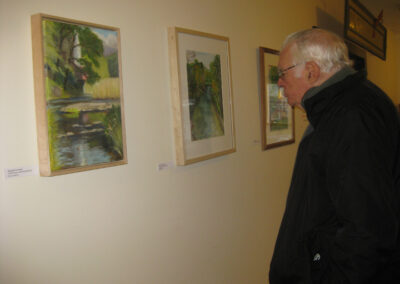Orson Allaben was an educated, principled and influential man. A man with character. Money. And opinions. An early developer of the Village of Margaretville, he was a doctor, a businessman, and, in the 1860s, started a newspaper called The Utilitarian, “A Family Journal, Devoted to the Fireside, the Field and the Town.” The two remaining copies of the newspaper, in the collection of the Delaware County Historical Association in Delhi, show it was also useful in promoting his political philosophy. He was not a fan of Abraham Lincoln, or a supporter of the Civil War. In the issue of September 10, 1863, he put forth an “Apology” that the lengthy list of Army draftees “who have won prizes in the great National Lottery of Messrs. Lincoln, Greely & Co.” took up a page of his four-page newspaper and bumped his “Departments of Political Economy, War News and Editorials” that week. “To some, it will be interesting to learn the names of friends or relatives who have been so unlucky. To those of our patrons the list does not interest, we will pray them to excuse.”
The draft list appeared in numerous other newspapers, including the Bloomville Mirror, which Linda Ogborn transcribed for the Delaware County History and Genealogy website. There were “334 names in the wheel” for the Middletown draft, and 95 names were drawn.






